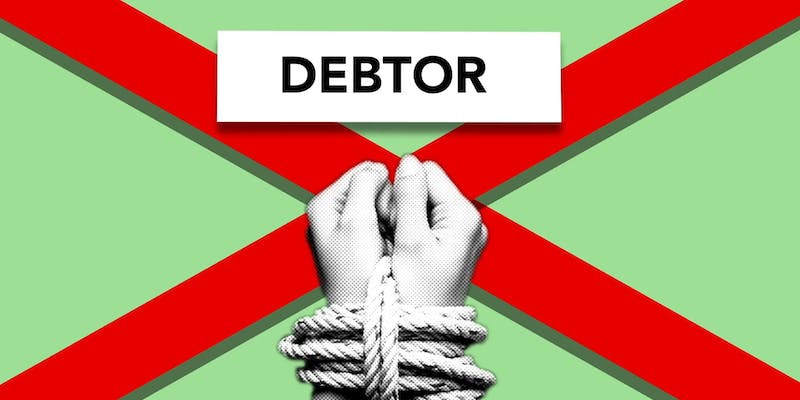The adults need to establish their will and testament. This is an essential step for the adults so that their wishes are honored, and their estate is passed on to the right people and to the ones that rightfully own them. This is also a way through which you can stop fights among your children and family members.
However, there can be situations when you want to remove someone from your will. There is a proper process that you need to follow if you want to disinherit someone from your will. In this article, you can learn the entire process and what you have to do after you disinherit someone from the will. So, let's jump right into the article and have a look at it.
How to Disinherit Someone from Your Will?
When it comes to inheritance, your spouse and children are the ones that have the right to become an inheritance. There can be many reasons you would want to exclude someone from your will and not make them the inheritor. If you want to update your exciting will and exclude someone from it, then the following are the things that you need to keep in mind.
Determining Who to Disinherit:
The first and most important thing that you need to do is figure out who you want to disinherit. When it comes to inheritance, your spouse and children are the ones that come under this. If you die without making a will, the court will automatically divide the shares in your spouse and children. Therefore, if you don't want any one of them not to have the share, you must mention it in your will.
Other than this, many people might think they can remove their minor child from their will. However, this is not the case. If they are minors, they will have the proper share in the estate, whether you want them to be a part of it or not. Once they reach the legal age, you can remove their name from the will and continue the disinheriting process.
Your parents are also not entitled to get the inheritance; however, if you don't have a spouse and you don't have children, then your estate can go to your close relatives, and this can be your parents. This is why if you don't want them to be a part of your inheritance, you need to mention them in your will and remove them as your beneficiaries.
Create an Updated Estate Plan:
The next step is to create the will. This means you must write the will and get it attested and verified. If you don't write the will, your estate will go through the probate process, and the probate court will divide the properties and assets according to state laws.
Formalize the Decision:
After you have updated the will, you need to formalize the decision in writing. This is very important as it will remove the possibility of any arguments in the future. No one can claim that you forgot the names or you made a mistake in the will. This will also prevent any future fights between the family members.
Communicate the Plan:
This is not an essential part. However, it is good to let the family members know when you have disinherited someone. This can reduce the chances of fighting and arguments in the future.
Reasons to Disinherit Someone:

There are a lot of different reasons why you would want to disinherit someone from your will and your assets. The following are some of the most common ones.
Divorce:
One of the main reasons why people remove their spouse as a beneficiary is after divorce. People remove their ex-spouse from their insurance accounts and even their estate plans.
Health Reasons:
People might disinherit their relatives and family members to help other family members. This happens when the family member is ill and needs financial help.
Estrangement:
There can be arguments and fights between the family members, and they can stop communicating with one another. This is another primary reason why people disinherit their family members.
Disinherited People and their Right:

Now, the next thing is, do the people disinherited from the assets have any rights? Then, in most cases, they can do nothing to get their share of the property. However, if they feel they are wrongly disinherited, they can speak to the estate planning attorney and take the case to probate court.
There are significantly fewer chances that you will get the desired results. But if you prove that you were wrongly removed from the inheritance, you can get your part back.
It is essential to understand that not anyone can stand and contest for the will. Only the children, spouse, or someone mentioned before in the will was removed in the updated version.
However, there are different steps that you can take to avoid conflicts when you disinherit people from your will. Some of the things you can do are establish a living trust, add beneficiaries to the accounts, and also make sure you track the locations of the assets. These can help you protect your property in case of fraud or conflict.
Final Words:
Inheritance is an integral part of an adult with different properties and assets. They must make a will or a testament to divide the assets among their children and spouses. This will help in the future when the children have to split the assets themselves. Hence, this is an excellent way to protect them from fights and arguments. It is also essential to understand that you can remove someone from your will. We hope this article was beneficial for you in understanding how to disinherit someone from your will.







